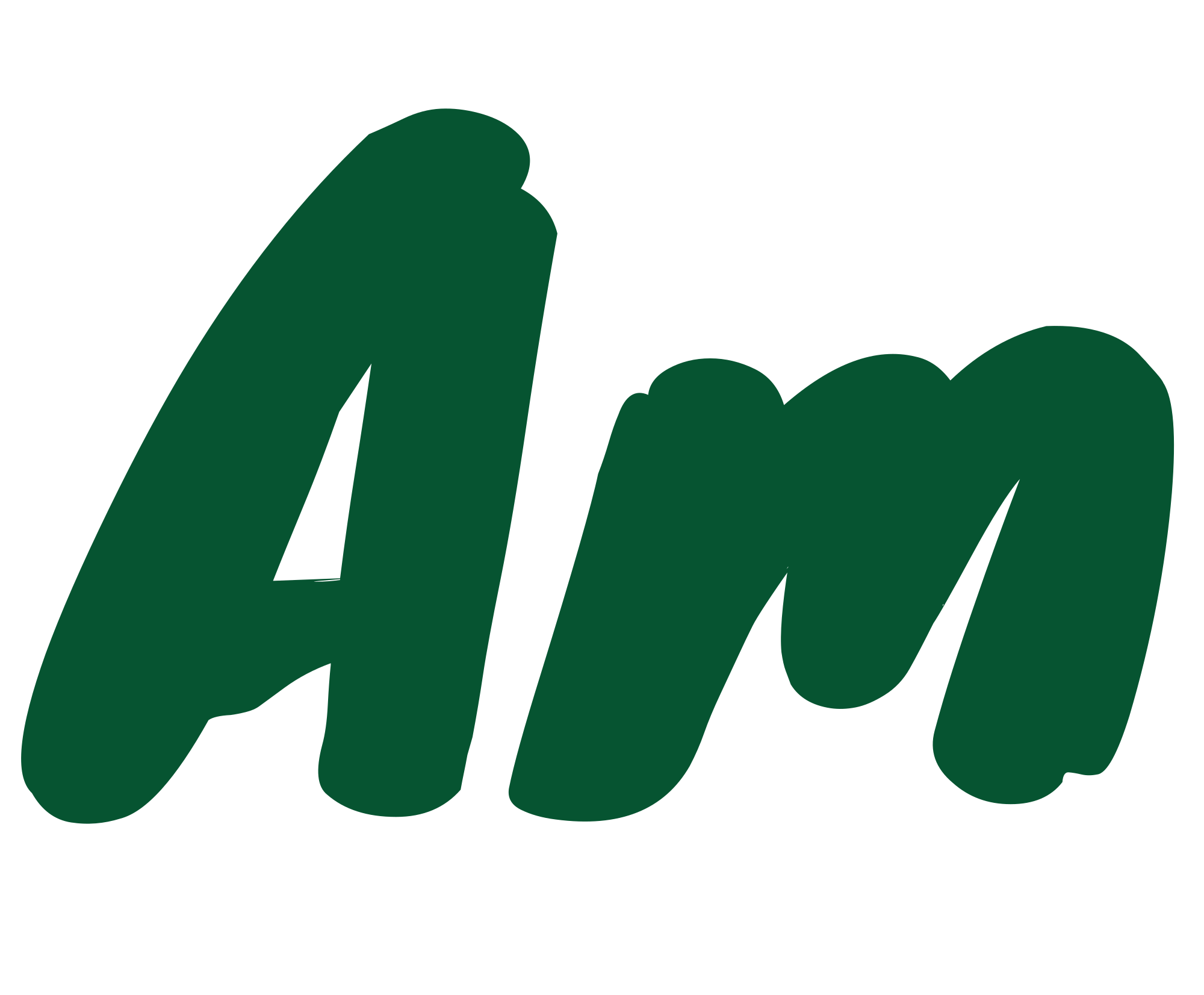How Much Swelling Is Normal After Lip Fillers?
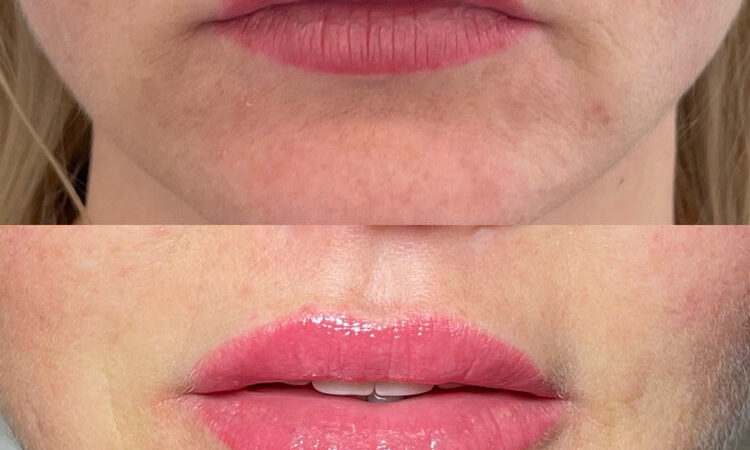
Understanding Swelling After Lip Filler Treatments
Lip fillers offer a popular route to enhance lip fullness and shape. While generally safe, it’s important to understand the common side effects associated with this procedure, particularly swelling.
Normal vs. Excessive Swelling
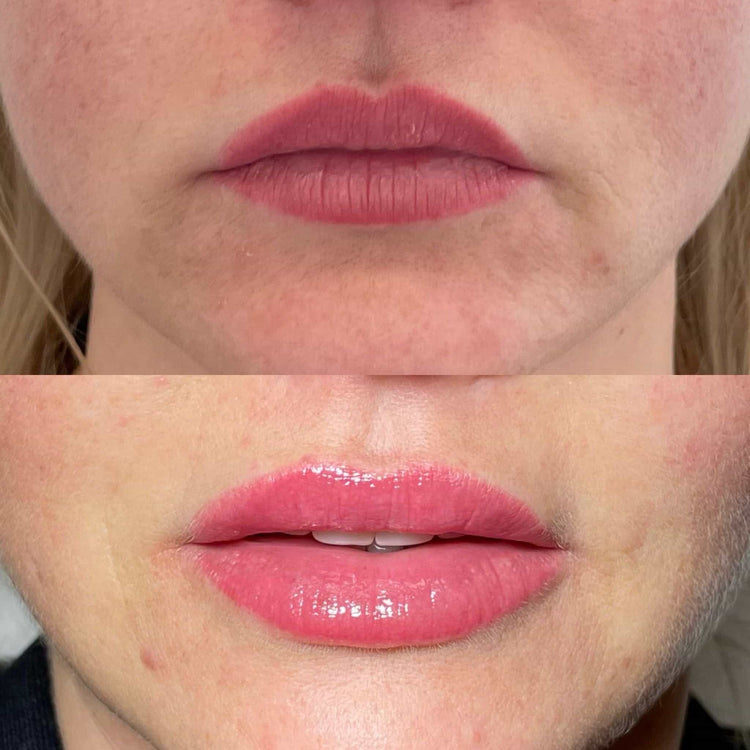
Swelling is a normal part of the healing process following lip filler injections. It typically starts within a few hours after the treatment and peaks around 24-72 hours. The extent of swelling can vary from person to person and depends on factors such as the amount of filler used, injection technique, and individual sensitivity.
Most swelling subsides gradually within 5-7 days, with significant reduction noticeable within the first few days. However, some residual puffiness may linger for up to two weeks.
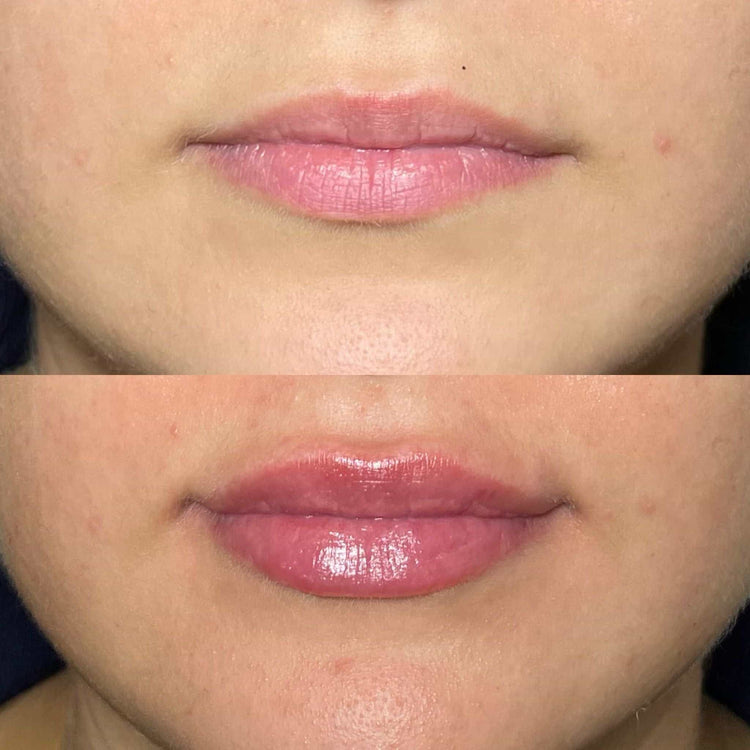
It’s important to differentiate between normal and excessive swelling. Excessive swelling, which is unusual and persists beyond two weeks, can indicate a possible complication such as an allergic reaction or infection. If you experience persistent, severe swelling accompanied by other symptoms like redness, warmth, pain, or fever, seek immediate medical attention.
Timeline of Swelling
Lip fillers offer a popular route to enhance lip fullness and shape. While generally safe, it’s important to understand the common side effects associated with this procedure, particularly swelling.
Swelling is a normal part of the healing process following lip filler injections. It typically starts within a few hours after the treatment and peaks around 24-72 hours. The extent of swelling can vary from person to person and depends on factors such as the amount of filler used, injection technique, and individual sensitivity.
Most swelling subsides gradually within 5-7 days, with significant reduction noticeable within the first few days. However, some residual puffiness may linger for up to two weeks.
It’s important to differentiate between normal and excessive swelling. Excessive swelling, which is unusual and persists beyond two weeks, can indicate a possible complication such as an allergic reaction or infection. If you experience persistent, severe swelling accompanied by other symptoms like redness, warmth, pain, or fever, seek immediate medical attention.
Factors Influencing Swelling
Lip fillers offer a popular route to enhance lip fullness and shape. While generally safe, it’s important to understand the common side effects associated with this procedure, particularly swelling.
Swelling is a normal part of the healing process following lip filler injections. It typically starts within a few hours after the treatment and peaks around 24-72 hours. The extent of swelling can vary from person to person and depends on factors such as the amount of filler used, injection technique, and individual sensitivity.
Most swelling subsides gradually within 5-7 days, with significant reduction noticeable within the first few days. However, some residual puffiness may linger for up to two weeks.
It’s important to differentiate between normal and excessive swelling. Excessive swelling, which is unusual and persists beyond two weeks, can indicate a possible complication such as an allergic reaction or infection. If you experience persistent, severe swelling accompanied by other symptoms like redness, warmth, pain, or fever, seek immediate medical attention.
Managing Swelling
Swelling is a common side effect after lip filler injections.
It typically starts within a few hours after the treatment and peaks around 24-72 hours. Most swelling subsides gradually within 5-7 days, with significant reduction noticeable within the first few days. However, some residual puffiness may linger for up to two weeks.
Here’s a guide to understanding how much swelling is normal after lip fillers:
- Mild to moderate swelling for 24-72 hours is expected
- Significant reduction in swelling within the first few days
- Most swelling subsides completely within 5-7 days
- Some residual puffiness may last up to two weeks
If you experience excessive swelling (beyond two weeks) or other symptoms such as redness, warmth, pain, or fever, contact your doctor immediately.
When to Seek Medical Advice
Swelling is a common side effect after lip filler injections. It typically starts within a few hours after the treatment and peaks around 24-72 hours. Most swelling subsides gradually within 5-7 days, with significant reduction noticeable within the first few days. However, some residual puffiness may linger for up to two weeks.
Here’s a guide to understanding how much swelling is normal after lip fillers:
- Mild to moderate swelling for 24-72 hours is expected
- Significant reduction in swelling within the first few days
- Most swelling subsides completely within 5-7 days
- Some residual puffiness may last up to two weeks
If you experience excessive swelling (beyond two weeks) or other symptoms such as redness, warmth, pain, or fever, contact your doctor immediately.
Tips for Minimizing Swelling
Swelling is a common side effect after lip filler injections.
Pre-Treatment Preparation
To minimize swelling before your lip filler appointment, avoid blood thinners like aspirin and ibuprofen for at least a week beforehand. Stay hydrated by drinking plenty of water in the days leading up to the treatment.
On the day of your appointment, apply a cold compress to your lips for 15-20 minutes before arriving at the clinic. This can help reduce initial inflammation.
Post-Treatment Care
After lip filler injections, it’s essential to follow proper post-treatment care to minimize swelling and promote healing.
Apply cold compresses for the first 24 hours after the procedure. You can use ice packs wrapped in a towel or chilled spoons applied gently to the area.
Keep your lips hydrated by drinking plenty of water throughout the day. Avoid smoking and consuming alcohol, as these can dehydrate the skin and exacerbate swelling.
Elevate your head while sleeping to reduce fluid buildup around your lips.
Avoid strenuous activities or excessive facial movements for a few days following the treatment, as this can increase inflammation.
Follow any specific instructions provided by your injector regarding medication or wound care.
Realistic Expectations and Results
Understanding realistic expectations is crucial when considering lip fillers.
Swelling is a normal part of the healing process and typically peaks within the first few days, gradually subsiding over the following weeks. While most swelling resolves within 5-7 days, some minor puffiness may persist for up to two weeks.
Individual Variability
Understanding realistic expectations is crucial when considering lip fillers. Swelling is a normal part of the healing process and typically peaks within the first few days, gradually subsiding over the following weeks. While most swelling resolves within 5-7 days, some minor puffiness may persist for up to two weeks.
Individual variability in how much swelling occurs after lip fillers is significant. Factors like the amount of filler used, individual sensitivity, and injection technique all play a role. Some people experience minimal swelling, while others may have more pronounced puffiness.
It’s important to communicate openly with your injector about your concerns regarding swelling. They can provide personalized advice based on your specific needs and expectations.
Long-Term Effects
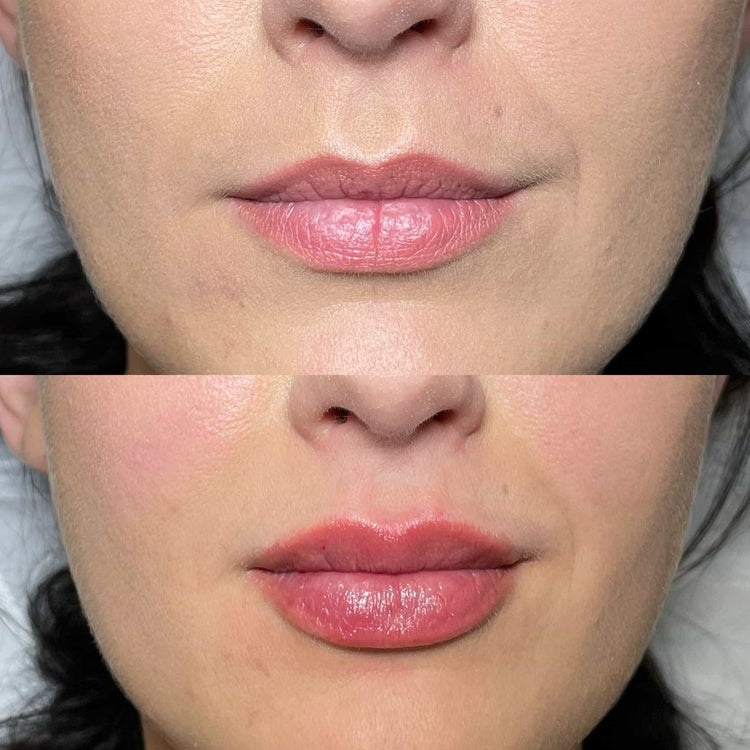
Understanding realistic expectations is crucial when considering lip fillers. Swelling is a normal part of the healing process and typically peaks within the first few days, gradually subsiding over the following weeks. While most swelling resolves within 5-7 days, some minor puffiness may persist for up to two weeks.
Individual variability in how much swelling occurs after lip fillers is significant. Factors like the amount of filler used, individual sensitivity, and injection technique all play a role. Some people experience minimal swelling, while others may have more pronounced puffiness.
Discover how lip fillers can enhance your beauty with Dr. Laura Geige at It’s Me & You Clinic
- How Gaslighting Damages Relationships And How To Fight Back - September 27, 2025
- Gummy Smile Treatment – Gum Contouring Near Coldharbour, Surrey - September 26, 2025
- Filler For Defined Jaw In Guildford, Surrey - September 25, 2025
